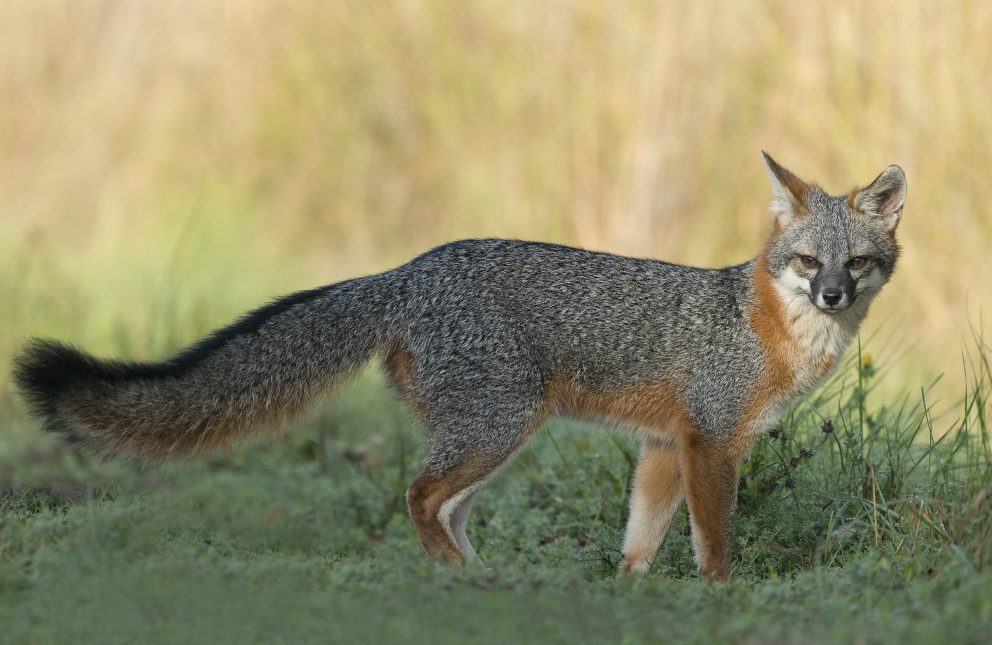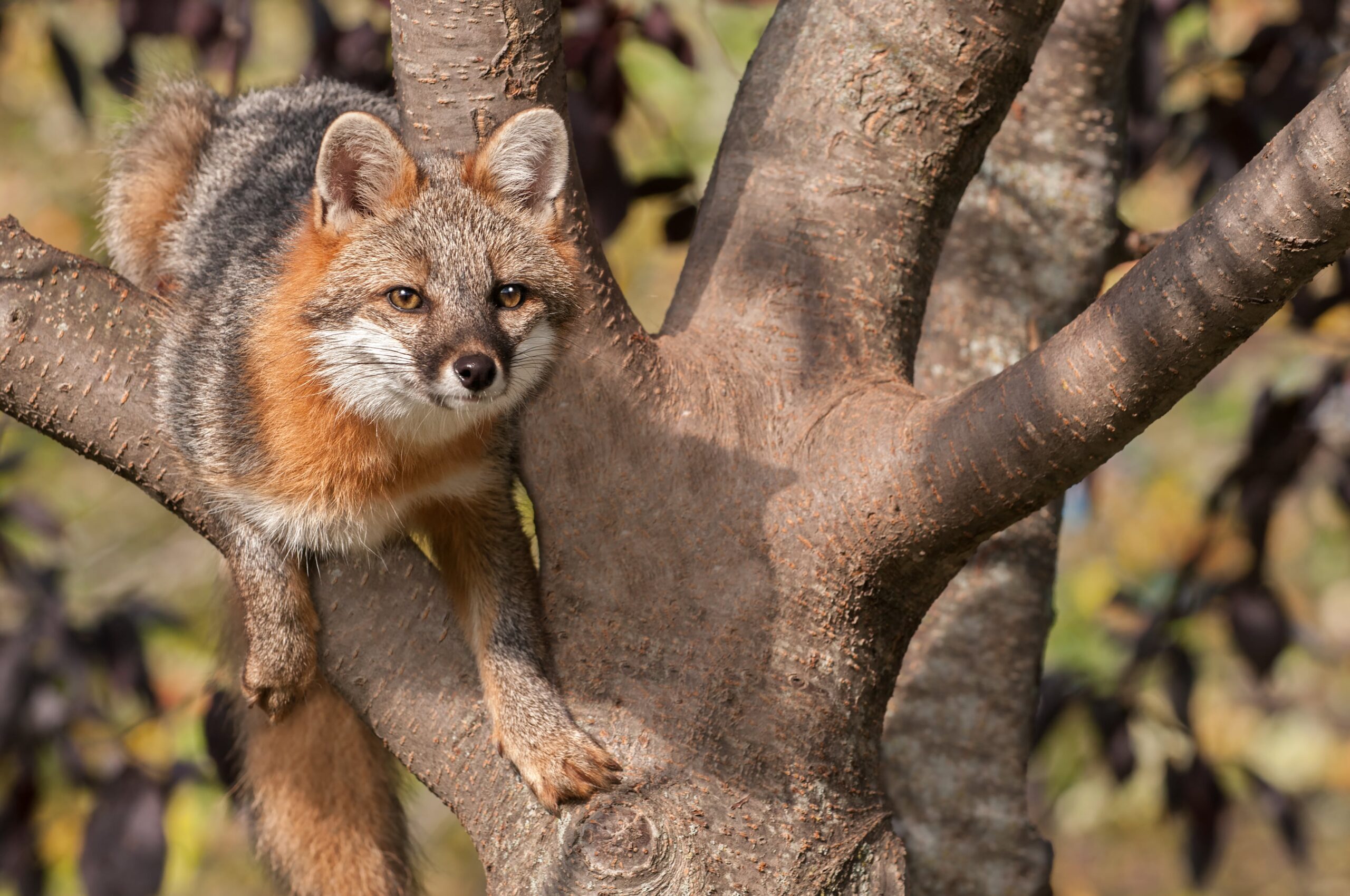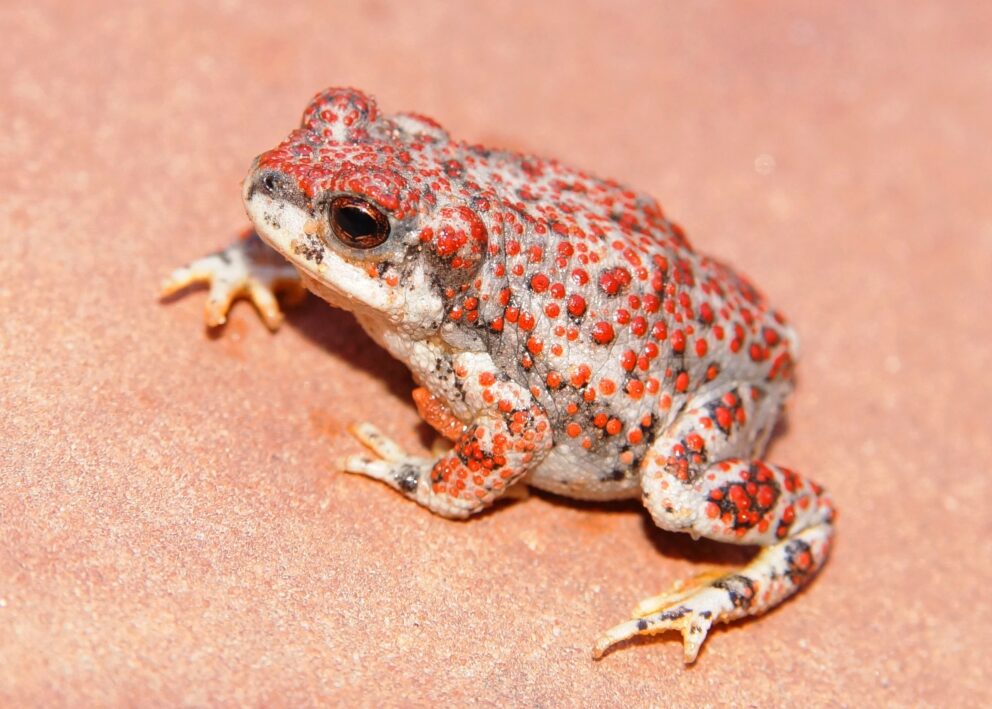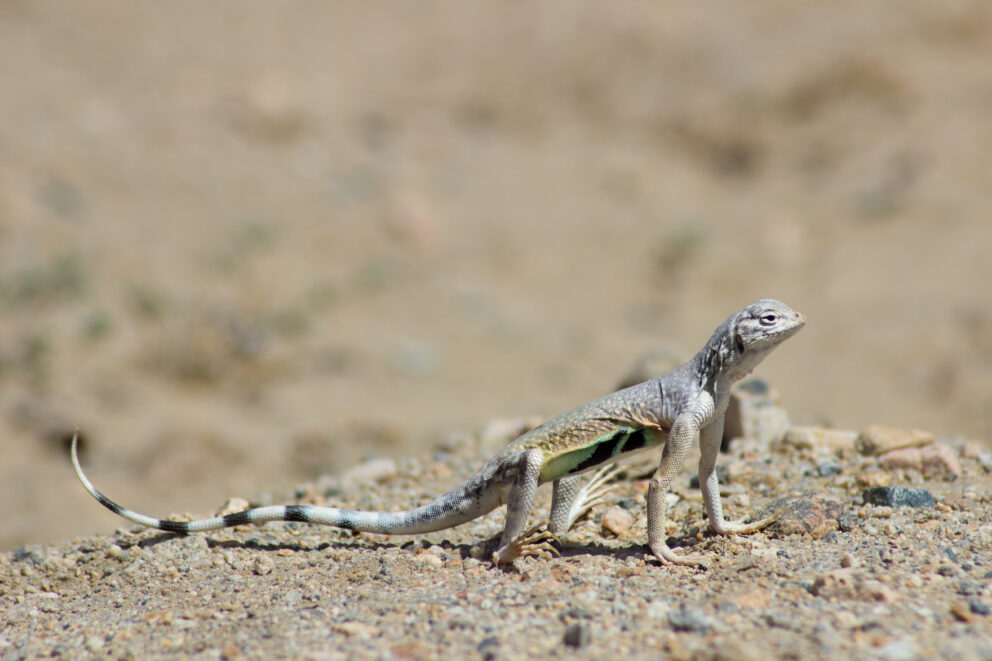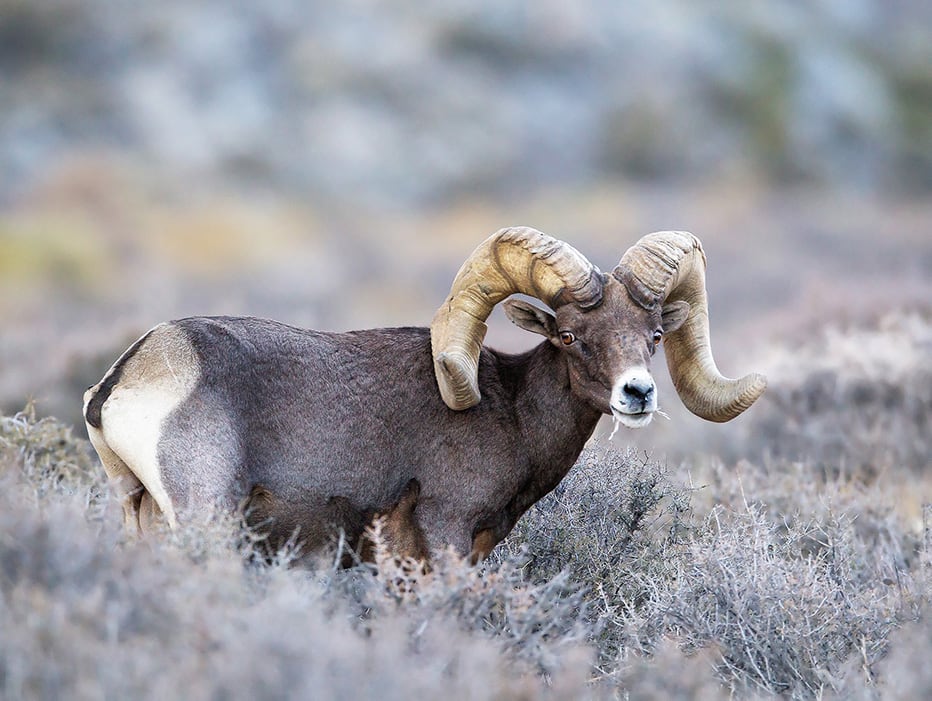- SCIENTIFIC NAME
- Urocyon cinereoargenteus
- CLASSIFICATION
- Mammal
- LIFE SPAN
- 6-8 Years
- SIZE
- 31-44” | 8-15lbs
- STATE CONSERVATION STATUS
-
- State Protected
- FEDERAL CONSERVATION STATUS
- Least Concern
- GAME STATUS
- Game
- GAME TYPE
- Furbearer
- Washoe
- Humboldt
- Pershing
- Churchill
- Mineral
- Lyon
- Douglas
- Carson City
- Storey
- Elko
- Lander
- Eureka
- White Pine
- Esmeralda
- Nye
- Lincoln
- Clark
Habitat & Range
Gray Foxes can be found in open habitat such as woodland brush and mixed forests. Dense vegetative areas serve as resting places and cover from predators. They escape predators by finding cover rather than outrunning them. They will even climb trees!
- Grasslands
- Upland Forests
- Warm desert riparian
Threats
- Habitat Degradation
- Predation
Natural History
Gray Foxes are considered nocturnal more active at dusk and into the evening than they are during the day. They usually begin foraging for food before sunset, then return to rest before sunrise. They love to munch on small mammals such as mice, rats, and rabbits; also birds, insects, nuts, fruits, and even agricultural crops like corn! Gray Foxes breed from late winter to early spring. They only have one litter of one to seven young, called “pups,” per year. Pups start to forage for their own food at about three months of age. The family then disperses in late summer and fall.
Fun Facts
